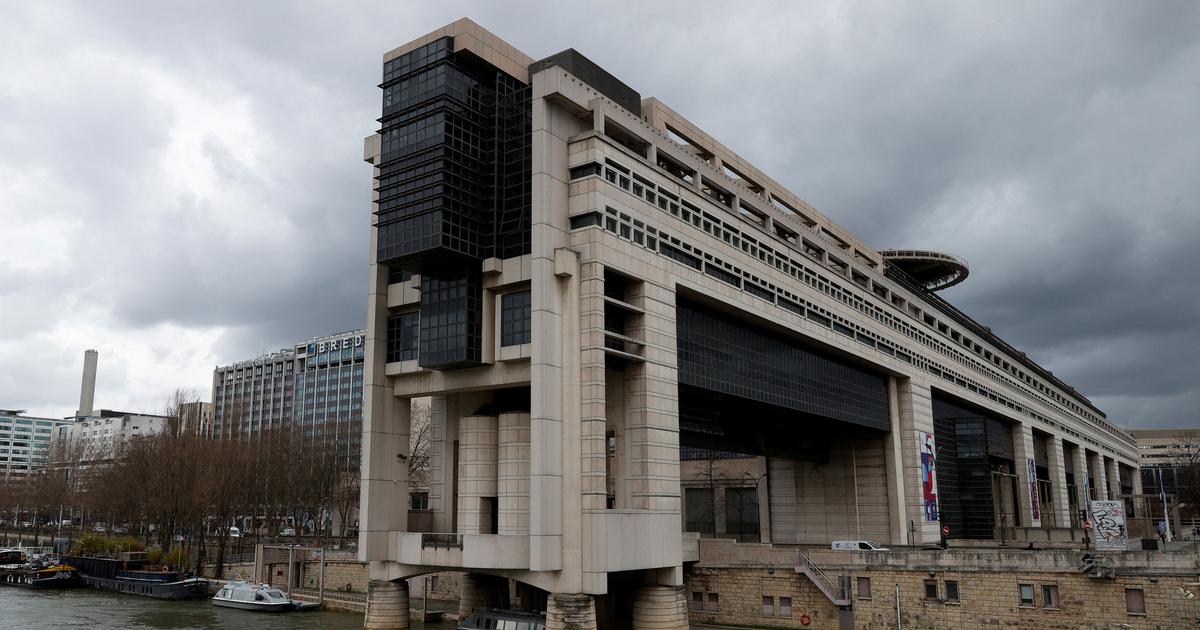The impact of the measures of confinement and paralysis of the activity deployed in Spain to contain the spread of the coronavirus pandemic was "of such magnitude that the Spanish GDP suffered the largest quarter-on-quarter contraction in its history, up to that moment, in the first quarter of the year, with a fall of 5.2% ”, despite the fact that only its last two weeks were marked by the state of alarm.
This is underlined by the Bank of Spain in its recent Annual Report , in which it states that, since “the restrictions on activity and mobility have been in force for much of the second quarter, a significantly more severe decline in GDP is expected. for that period ”, with a drop that estimates between“ -16% in the scenario of rapid recovery and -21.8% in that of gradual recovery ”.
After the descent to this historic chasm, however, both the economic vice president, Nadia Calviño, and the Bank of Spain themselves take it for granted that in the third quarter it will return to growth. And although the supervisor does not currently offer official estimates, it is derived from the projections in its annual report that they project an unprecedented rebound in the economy, which will mean a quarterly jump of between 16.1% and 19.3%.
This is derived from the graphical projection in which the Bank of Spain draws an asymmetric “V” shaped recovery in which, for the early recovery scenario (more optimistic about the fall), taking the fourth quarter of 2019 as the basis 100, assumes that the economy fell to 94.8% of its pre-crisis level in the first quarter of 2020 (-5.2%) and to 79.6% in the second (-16%), to go up to 92 , 4% in the third (+ 16.1%).
MORE INFORMATION
The Bank of Spain predicts that the GDP will close the second quarter with "the biggest drop in the historical series"
The Bank of Spain warns that the crisis will hit more tourist regions or the motor industry
In the gradual recovery scenario, the evolution goes from 94.8% in March to 74.1% in June (-21.8%) to jump to 88.4% in September (+ 19.3%). In the risk scenario, the most pessimistic, the estimate is that in the third quarter GDP will stand at 82.7% of the 2019 closing level, that is, with a quarterly rise of only 11.8%. It should be remembered, however, that in all cases the Bank of Spain does not foresee that the economy recovers pre-crisis levels before the summer of 2022.
The estimates of the Bank of Spain basically coincide with the calculations made by the senior economist of the Fundación de las Cajas de Ahorro (Funcas), María Jesús Fernández, who reveals that “for the second quarter we expect drops from 18% to 20% and for the third, the recovery could be between a 15% to a 17% rise, according to the simulations we have done ”.
Fernández points out that although it would be an unprecedented rebound, the explanation is given by the fact that the starting situation is debacle. “Although tourism is not restored and remains weak, only the fact that mobility is restored and The fact that activities that have had to be compulsorily closed can open their doors represents a significant rebound. In many cases, there is zero activity at a level that is not before the crisis, but is much higher ”, he illustrates.
After all, he says, the economic recovery indicators recorded during the de-escalation phase and once the so-called “new normal” was reached, “have been even better than the results we expected, in some cases”. "Although we will surely worsen our annual forecasts, it will be basically because the fall in the second quarter will have been greater than initially estimated, rather than because we think that the recovery will be slower," he added, recalling in any case that the uncertainty marks now all projections.
In fact, there are bleaker forecasts. "If there is a rebound, it will be very languid. We hope that it will be greater from October ”, explains Antonio Pedraza, president of the financial commission of the Council of Economists, who considers that“ the decrease in the second quarter is very strong so that there is no negative inertia in the third quarter ”.
In fact, Pedraza assumes that when the economy came to fall around 20% in the second quarter, it would be a success if the third ended “very similar to the first, with -5% to -8%, but still in negative". This forecast, he explains, is based on the sharp drop in demand. "People are not spending, they are vaccinated from the previous crisis, and they don't know what will happen," he says, relying on the rise in savings and falls of up to 70% in tranches of consumer credit.
The risks that persist
Sprouts. Whatever the magnitude and pace of the recovery that will follow the unprecedented vertical drop in the Spanish economy in the first half of the year, economists agree that the recovery will be marked by uncertainty and the persistent threat of the pandemic. . “Outbreaks of the virus are the main risk. Both here and in the rest of the world, because that activates new restrictions, confinements and ends up affecting here ", explains María Jesús Fernández, senior economist at Funcas, who underlines that the outbreaks of the virus in other countries have their echo in Spain in the form of less tourism, paralysis of exports or cut of the supply chain. For Antonio Pedraza, president of the financial commission of the Council of Economists, the great risk is the depth of the consequences of the pandemic that we already know. Thus, he says, the fall in tourism this summer is already inevitable, and "there will be hotels that remain closed, because they need reservations months in advance to make their staff and supply forecast"; in turn, there are still close to two million people subject to ERTE, who "do not know if they are going to go to unemployment", and, furthermore, "teleworking is a paradigm shift that will lead to the closure of premises and offices".



/cloudfront-eu-central-1.images.arcpublishing.com/prisa/V7VWQYKVFVAJDPG3TQOP75Y74M.jpg)





